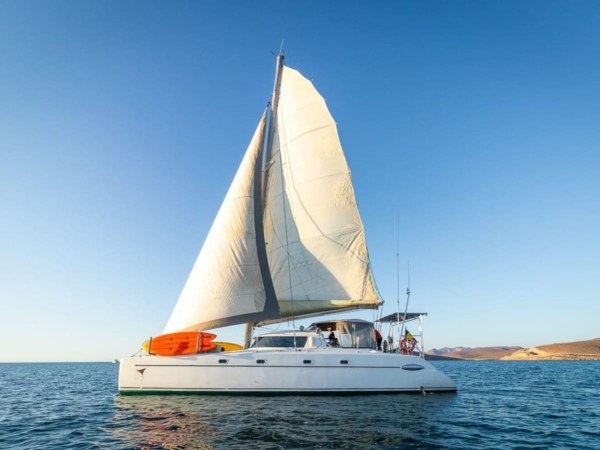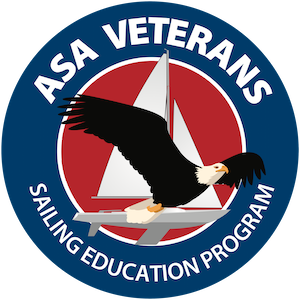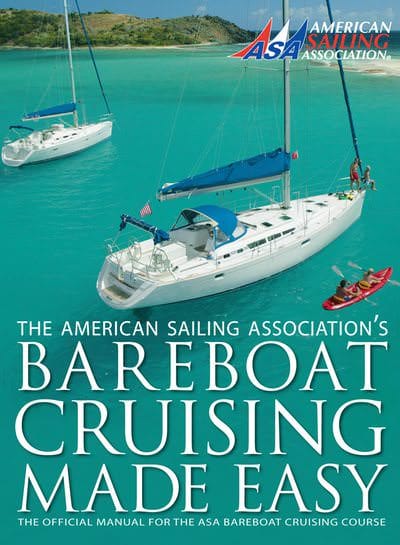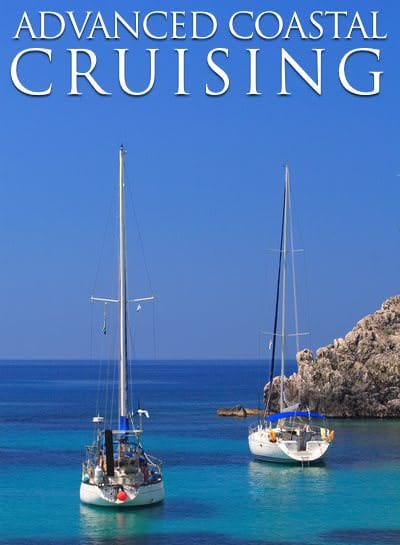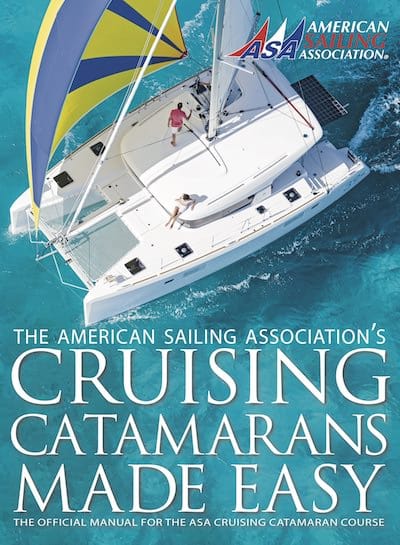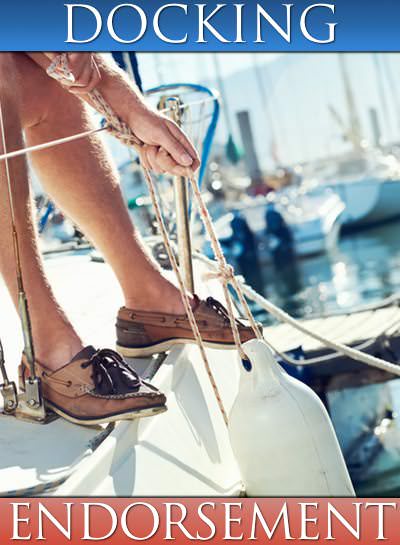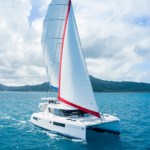
ASA 116, Dinghy and Outboard Endorsement
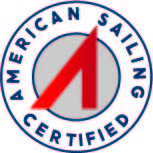
Able to safely and efficiently operate a dinghy with an outboard motor, in a variety of environments, including operating from a dock, a beach, and a cruising yacht. Knowledge of types of dinghies and outboards, characteristics of each, safe operation, security, towing, hoisting, storage, transit, employment, care and maintenance
| Study Materials |
|---|
KNOWLEDGE
Basic Terminology and Descriptions
1. Describe and identify the following dinghy parts and their functions:
- Hull
- Tubes
- Floor
- Transom
- Inflation valve
- Drain plug
- Bow ring
- Towing eye
- Thwart seat
- Bow locker
- Handles
- Oarlocks
- Oars
2. Describe and identify the following outboard motor parts and their functions:
- Throttle
- Gear shift
- Choke
- Stop button
- Kill cord
- Starting cord
- Spark plug
- Oil sump
- Fuel filter
- Fuel connection
- Fuel tank air vent
- Clamp screws
- Tilt lever
- Tilt support
- Lower unit
- Anode/zinc
- Propeller
- Carburetor
3. Describe the characteristics of hard shell, soft inflatable, rigid inflatable, and folding dinghies.
4. Describe the characteristics of gasoline, propane, and electric-powered outboard motors.
Safety Gear and Procedures
5. List the federally-required and the recommended equipment for a dinghy and outboard, including lighting requirements.
6. Describe safe loading/boarding procedures and the significance of the capacity plate.
Operating Procedures
7. Explain outboard motor start procedures, including sufficient fuel, fuel hose connections, fuel tank air vent, priming bulb, choke, start
cord, stop button/kill cord, tilt control, cooling water.
8. Describe the procedure for engaging and testing throttle control and gear shift.
9. Explain outboard motor shutdown procedures.
10. Describe the precautions for operating in reverse gear.
11. Describe the precautions and steps for planing the dinghy.
12. Describe procedures for beach landings and departures, including selection of an appropriate landing site.
13. Describe procedures for approaching and securing to a yacht.
14. Describe the etiquette for approaching and securing to a crowded dinghy dock.
15. Describe procedures for deploying a dinghy bow or stern anchor.
16. Describe methods of boarding swimmers into a dinghy from the water.
17. Describe procedures for using a dinghy to tow a disabled yacht.
18. Describe procedures for using a dinghy as a bow thruster.
19. Describe procedures for using a dinghy to deploy a second anchor from a yacht.
Security and Transit
20. Describe security measures for unattended dinghies.
21. Describe the gear and procedures to safely tow a dinghy.
22. Describe equipment safe procedures for hoisting an outboard motor.
23. Describe hoisting and storage for onboard transit using halyards, davits, cranes, hoisting arms, or levers.
Care and Maintenance
24. Describe fueling procedures for a gasoline motor, including pre-mixing oil for 2-stroke motors.
25. Describe the implications of using ethanol gasoline mix, and precautions against damage to the motor.
26. Describe how to properly inflate a soft or rigid inflatable dinghy.
27. Describe care and maintenance procedures for dinghy hulls and tubes.
28. Describe troubleshooting steps to take for the following common problems with gasoline-powered outboard motors:
- Motor won’t start
- Motor flooded with gasoline
- Motor stalls or stops
- Motor runs but has no power
- Motor starts but no cooling water is evident
SKILLS
Prepare and operate dinghy and outboard motor from a dock and/or a yacht.
Preparation
29. Launch the dinghy from a dinghy rack, or from the deck or davits of a yacht. Ensure drain plug is installed and dinghy is properly inflated.
30. Mount the outboard motor securely to the dinghy transom.
31. Connect fuel supply and demonstrate outboard motor starting procedures.
32. Ensure that required dinghy safety equipment is on board, and demonstrate procedures for use.
33. Demonstrate safe crew boarding techniques.
Operating and Maneuvering
34. Start, test gears
35. Safely depart from dock or yacht.
36. Maneuver the dinghy in an open space with smooth and efficient outboard operation:
- Operate in forward and reverse gears.
- Maneuver in a straight line and in a figure-8 pattern.
- Stop the dinghy using opposite gear and appropriate throttle.
37. Simulating engine failure, row or paddle the dinghy.
38. Safely return to dock or yacht.
Docking and Beach Landings and Departures
39. Dock the dinghy bow first or alongside a dock, allowing crew to embark/disembark.
40. Secure the dinghy at a dock using a bow line and securing cable or chain.
41. Demonstrate safe beach landing and departure procedures.
Anchoring
42. Anchor the dinghy using a bow anchor.
43. Deploy a stern anchor to hold the dinghy in position when docked.
Transit
44. Demonstrate correct procedures for towing a dinghy.
45. Secure the dinghy for safe transit or storage (davits, crane, platform, as available).
Knots
46. Describe the purpose of and construct each of the following knots without assistance:
- Clove hitch
- Round turn and 2 half hitches
- Cleat hitch
- Bowline

